Dennis Waite continues his commentary on Advaita from Part 1 …
Today, there are relatively few genuine sampradAya teachers; i.e. ones upon whom one can rely for receiving teaching in the traditional manner. It is probably no coincidence that this is reflected by the relatively few seekers who are willing to commit themselves to a traditional course of study. The key aspect of such a course is to listen to the ‘unfolding’ of the classical texts of Advaita by a qualified teacher. Typically, it would be necessary to attend a 1 hour lecture, once a week for over a year just to cover a single Upanishad. The Bhagavad Gita or Brahmasutra would take many years. This constitutes the ‘listening’ part of the discipline known as j~nAna yoga, or the yoga of knowledge. In addition, time has to be spent asking questions, expressing doubt, and clarifying understanding with the guru. Even after the truth has been realized, it is necessary to continue attending classes, reading, teaching etc in order to consolidate the knowledge and make it unassailable.
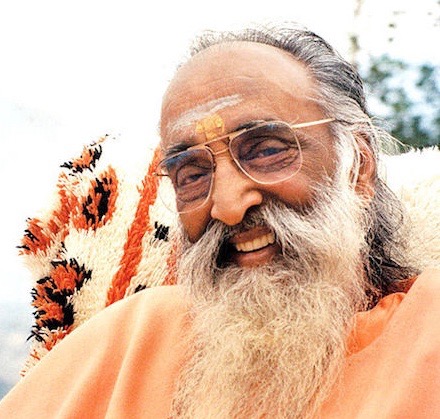
In contrast, modern teachers expect a seeker to attend a few satsangs, maybe listen to a brief talk upon an arbitrary topic, and perhaps ask a few questions. And it is tacitly assumed that this will be sufficient for there to be a sudden flash of light and a corresponding ‘experience of one-ness’.
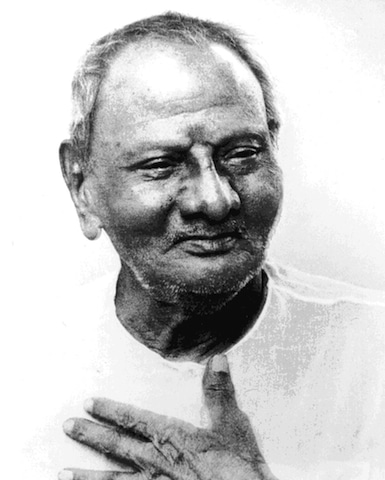
It cannot be emphasised too strongly that casual attending of talks by these ‘travelling salesmen’ of spirituality is most unlikely to prove helpful. The best that could come from this would be the stimulus to look for a traditional teacher. Reading traditional material oneself is not really an option either. The original texts are in Sanskrit so that one has mostly to rely upon translations. And English translations are extremely variable, often missing the sense of the original completely, even to the point of actually being misleading. Obviously if the translation is inaccurate, then any commentary on that text is not going to be reliable either.
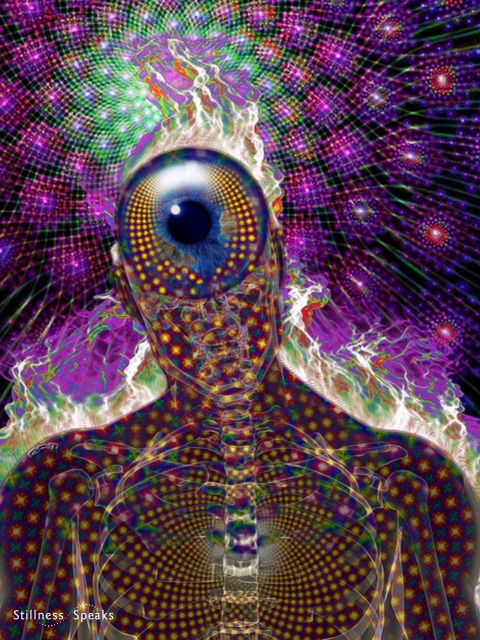
If the seeker keeps this in mind at all times when listening to or reading material by anyone, it will potentially enable them to catch out any ‘false’ teacher. My book ‘Enlightenment: the Path through the Jungle’ specifically addresses these problems and I state, for example, that:
“In particular, a sentence which has one of the above terms (Self, Consciousness etc.) as the subject and anything at all as the predicate must be mixing up absolute and relative levels of reality. [The exception is a ‘self-defining’ sentence such as ‘the Self is brahman’.] Thus, claims such as ‘the Self has our true interests at heart’ can immediately be dismissed as nonsense – ‘the Self’ is the non-dual reality and ‘our’, ‘interests’ etc. are part of the mistaken view of that reality. In general, any statement at all about the non-dual reality may be dismissed, although traditional advaita has useful, proven ways of using some statements as ‘pointers’ to the truth.”
—— —
We are honored to publish this guest post series authored by Dennis Waite.
Here’s Part 1 of this 2-part series.
Dennis maintains the most popular website on Advaita with an integrated blogging facility. His principal books are:
Advaita Made Easy (2012) is a short, easy-reading introduction for one who wants to find out what Advaita is all about.
The Book of One (2003), is the intermediate-level book, rewritten and expanded in 2010.
Back to the Truth (2007), is a systematic treatment of Advaita using examples from many sources.
Enlightenment: The Path Through The Jungle (2008) contrasts the proven methods of traditional teaching with Western approaches.
A-U-M: Awakening to Reality (2015) is a modern interpretation of the Mandukya Upanishad and Gaudapada kArikA-s; an advanced presentation of the ‘bottom-line’ teaching of Advaita.
Images: (edited) 1) Krishna teaching Arjuna, from Bhagavata Gita, House decoration in Bishnupur, West Bengal, India by Arnab Dutta, CC BY-SA 3.0, 2) Portrait of Swami Chinmayananda By Chmadeline (Own work), [FAL], via Wikimedia Commons, 3) Nisargadatta Maharaj by Jitendra Arya, via Wikimedia Commons, 4) luminated by 1lluminati, CC BY 2.0.
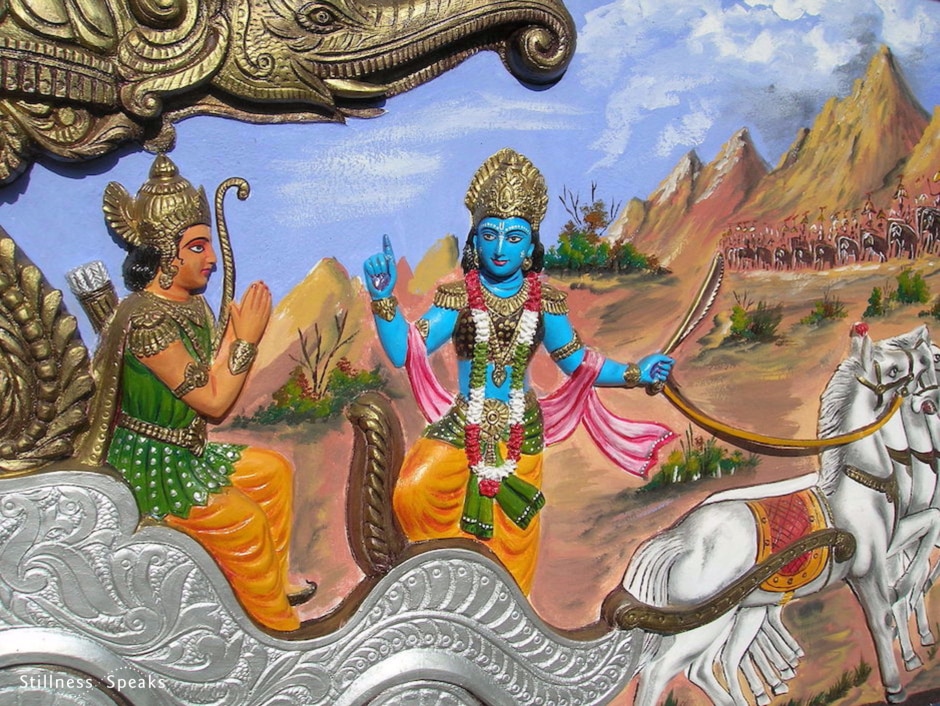
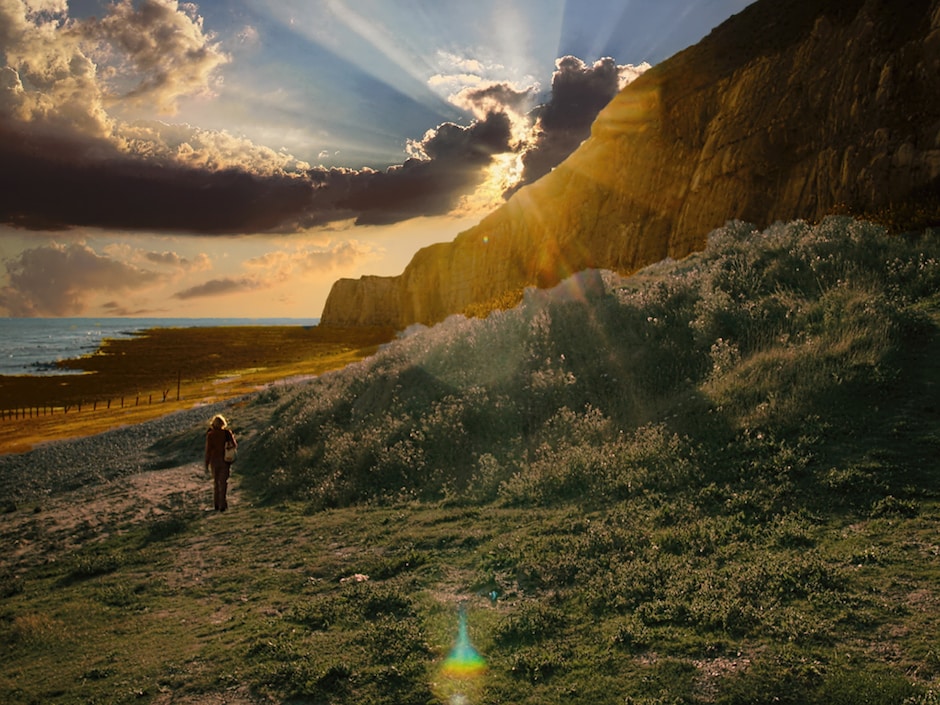
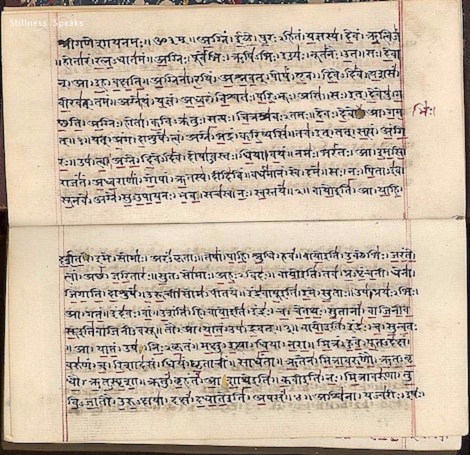
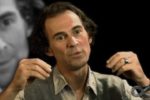
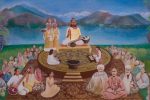



Having experienced the world of academia – by grace now left behind – one realizes how the subtle manipulation of perceptions, dualism in the world is maintained and created. If all was absolutely equal in this world – without differences of opinion – peace and stillness would seem a greater possibility. But the world, in order to sustain itself, cannot afford such a state of equanimity. Or so it appears. It seems that the world-reality is precipitated most energetically, there were perceptions clash or differ; like when fresh land is created where red hot lava flows into the sea. This appears to be part of the world “outside”, but may also be a highly personal and private conflict. But then, are these not but one and the same; taking place in one consciousness?
Interesting then, to find, that in an article “Misconceptions about Advaita” – an article about non-dualism – the subtle manipulation of perceptions towards dualism. No doubt, a good many exponents will be able to comment on the correctness and validity of their “practice” and/or “school”, and why they are “correct”.
Recently I have been following the intense, murder-inducing debate about flat-earth vs ball-earth vs hollow-earth vs a thousand other types of earth. The folks all have “proof” of some kind: scientific, historical, bibliographical, as well as other manifestations of opinion. Happy to participate in the duel of my truth vs your truth, they seem to miss that it is not really their knowledge of the shape of the planet that is of so much importance, as it is the perceiver who brings forth these “realities.”
“Let’s all happily eat from the tree of the knowledge (of good and evil) and we’ll make the world go round.”
Mario,
My apologies for the delay in making your comment public (all comments are moderated so require manual action).
Dennis is taking some time away for the next week and more … so will return here after that … and may have something to add to your thoughtful observations.
Thanks for dropping by.
Sanjiv
A very good article. In deep meditation one can lose all sense of the body; only the I Am remains, blissful and quiet. Or one can hear the Hum vibrating. Or see the Gold.
I rather look forward to to Being there all the time without the ‘heaviness’ of the body.
love,
David
many essays on my site.
David,
Indeed meditation and/or time in deep silence/solitude is most rejuvenating and also brings ever deepening illumination into our true nature … and one can claim that even the body need not feel “heavy” 🙂
Thanks for dropping by.
Peace and blessings
Sanjiv